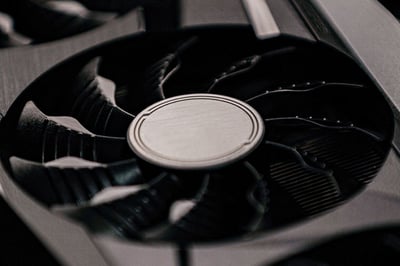Benefits of High Volume Additive Manufacturing

Rileys are seeing more customers come to us from the world of 3D printing. They are either specialist subcontractors or adding it to their traditional manufacturing mix.
These are some of the benefits they are exploring, especially when taking additive manufacturing from R&D and prototyping into high volume manufacturing.
R&D/Prototyping to Production Volumes
A balanced cost and high quality are what manufacturers look for when preparing to release a new product or when trying to increase its manufacturing for an existing product. When working with contract manufacturers, a higher volume is preferred as it will bring a lower cost overall. Additive manufacturing offers viable options for many types of volumes; it allows for manufacturers to have a more agile business and less risk. 3D printing can support any volume and mix of SKUs on a single production line. As there is no custom tooling, the process of additive manufacturing has become more agile and automated.
As long as there is a qualified design, 3D printing systems directly print from digital models- allowing orders to go immediately into production. Excess inventory by printing orders on demand is eliminated.
Potential Benefits of Additive Manufacturing/3D Printing of High Volumes
- Faster time to market: mass production using 3D Printing reduces time to market by avoiding the traditional tooling methods, cutting lead times on prototypes and end-use parts.
- Lower CAPEX costs: 3D printing requires fewer assembly steps or no steps at all.
- High SKU Mix: 3D printing does not need custom tooling for each product enabling the manufacturing of a broad range of products with the same equipment. This flexibility allows for an increase in the volume
- Ability to manufacture high volume of complex products
- High-Mix Manufacturing: additive manufacturing can produce numerous products, allowing a mix of different products or designs in a batch
- Complex Designs: designs that are complex can be very expensive to manufacture with injection molding, involving many assembly steps, increasing the required capital investment and price for the end customer. With 3D printing, the manufacturer can quickly change a model without downtime.
- Agile Manufacturing: When a company wants to produce a range of similar products, 3D printers do not require retooling when product designs are modified.
- Personalized Products: additive manufacturing does not have any tooling constraints; it is enabling customized products across multiple industries such as consumer, dental, medical devices or other wearable products.
High Volume Manufacturing Products
- Fuel Nozzles
- Valves
- Trainers/Sneakers
- Medical Devices (prosthetics, orthodontics)
- Machining components
- Aerospace: fuel systems, engine turbine blades
Additive manufacturing is in a stage of rapid development; it can meet most of the industrial application needed. The maintenance and manufacture of non-metal and metal parts can be higher that of traditional manufacturing processes- the manufacturing of metal additives in high volumes has achieved high economic benefits, more productivity, and has promoted agile manufacturing.
To read our full series of articles about 3D printing & additive manufacturing, check out the links below.
Machines & equipment for sale
- Surface Treatment
- Cleaning & Degreasing
- Polishing & Belt Linishing
- Mass Finishing
- Ovens & Furnaces
- Process Cooling
- Shot Blasting
- Dust & Fume Extraction
- Air Compressors
- Rectifiers & Transformers
- Miscellaneous
- Latest Stock
- Special Offers
- Direct From Site Clearances
- Auctions
- Brand New Machines
- Available Immediately
- Sell Your Machine
Machine Alert
Get the latest machines emailed directly to you as they become available to buy online. Sign Up Now

